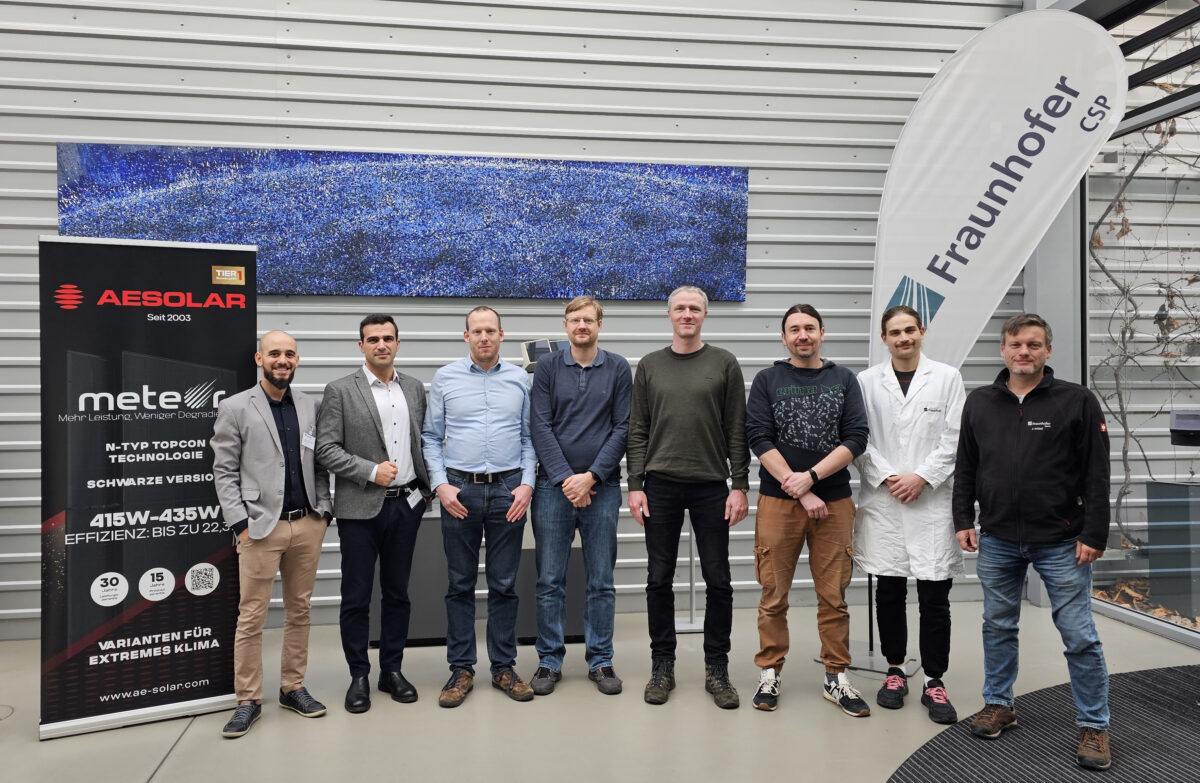Renewable energy goals in Europe require significant increases in renewable energy deployment. Rooftop installations have dominated other applications in Europe, with about 60% of the market share in 2022. Germany is the biggest market in the region with respect to total installation capacity, with over 42 GW of PV on rooftops by the end of 2021. The Netherlands, as the country with highest installation capacity per capita in Europe, has over 80% of the installations on small rooftops. Such data shows the importance of the Rooftop segment in PV market.
One of the biggest challenges for rooftop PV modules is partial shading due to obstacles such as trees, chimneys, or parapets. Nearby structures, dust and snow are also a frequent contributor to the issue. Partial shading leads to a significant power loss in module level, and it leads to mismatches at the module level as well as between modules connected in a string. The power loss due to partial shading is highly dependent on the module design, shading pattern, and shading orientation. While power optimizers can optimize the losses from mismatch, they cannot save the affected string or PV module and they increase the investment volume. Furthermore, active electronic devices are shown to have a lower lifetime compared to passive components like PV modules.
To overcome the shading challenges of rooftop modules, AESOLAR developed a shade-resistant PV module with integrated bypass diodes for each individual solar cell. The module can produce up to 80% more energy than traditional modules under partial shading conditions. The AESOLAR module utilizes full-size solar cells for the design and is independent from shading orientation. The module has received the top innovation award from pv magazine in 2018.
More from our partners
To further develop this technology, AESOLAR is collaborating with Fraunhofer Center for Silicon Photovoltaics (CSP) to develop a new generation of shade-resistant PV modules using half-cut cells. The collaboration is being conducted under a SegmentPV research project and is funded by Germany’s Federal Ministry of Economic Affairs and Climate Action (Bundesministerium für Wirtschaft und Klimaschutz). The project started in May 2023 and entails two years of research work. “Within the project, module components, designs, and prototypes created by AESOLAR will be tested by Fraunhofer CSP to achieve a higher energy yield, better shading tolerance, and superb reliability for an innovative product that tackles one of the biggest challenges of rooftop PV,” says Dr. Hamed Hanifi, Director of Research and Development at AE Solar and coordinator of the SegmentPV project.
This content is protected by copyright and may not be reused. If you want to cooperate with us and would like to reuse some of our content, please contact: editors@pv-magazine.com.



1 comment
By submitting this form you agree to pv magazine using your data for the purposes of publishing your comment.
Your personal data will only be disclosed or otherwise transmitted to third parties for the purposes of spam filtering or if this is necessary for technical maintenance of the website. Any other transfer to third parties will not take place unless this is justified on the basis of applicable data protection regulations or if pv magazine is legally obliged to do so.
You may revoke this consent at any time with effect for the future, in which case your personal data will be deleted immediately. Otherwise, your data will be deleted if pv magazine has processed your request or the purpose of data storage is fulfilled.
Further information on data privacy can be found in our Data Protection Policy.